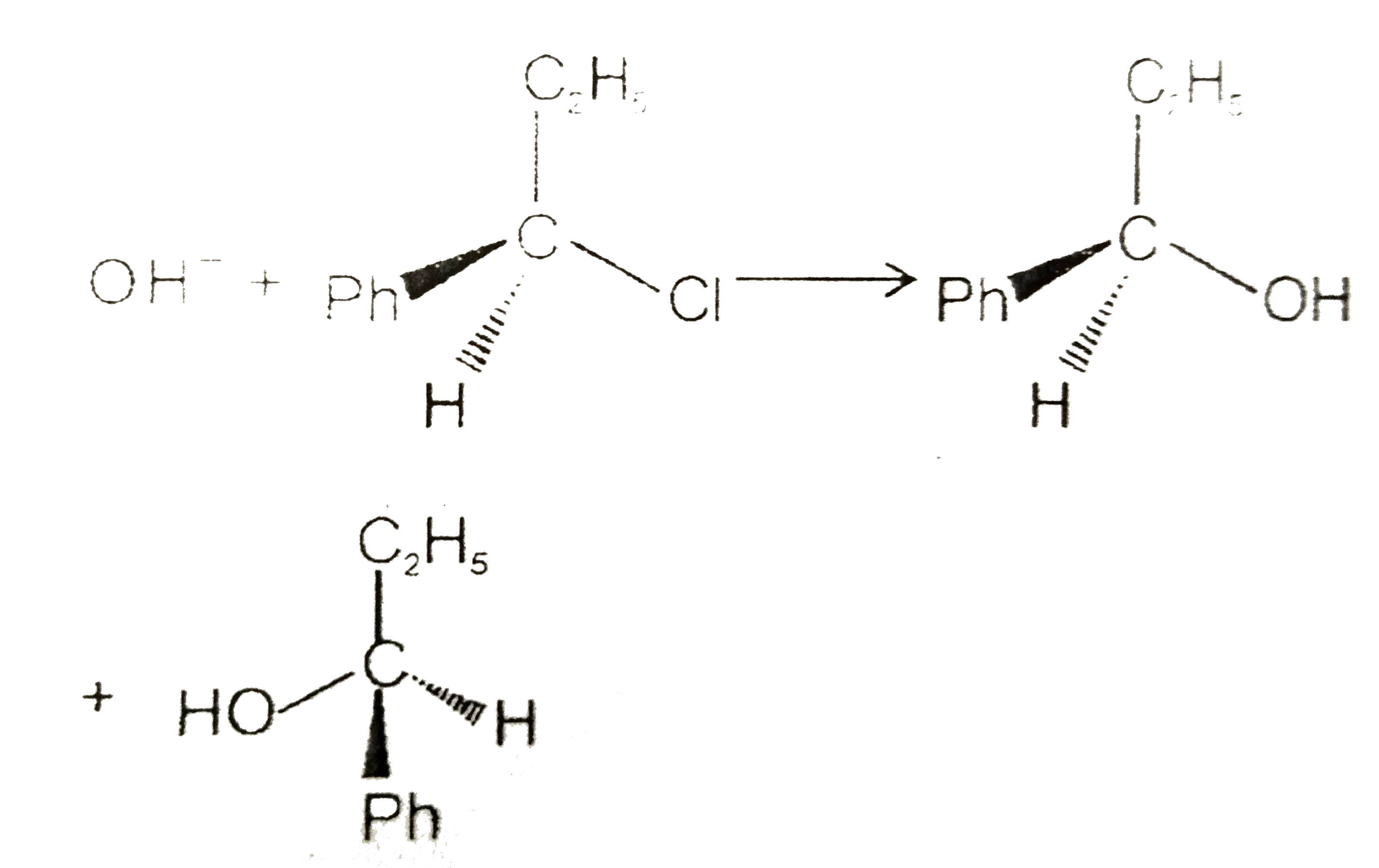1,3-pentadiene and 1,4-pentadiene are compared with respect to their intrinsic stability and reaction with HI. The correct statement is :
1,3-pentadiene is more stable and more reactive than 1,4-pentadiene
1,3-pentadiene is less stable and less reactive than 1,4-pentadiene
1,3-pentadiene is more stable but less reactive than 1,4-pentadiene
1,3-pentadiene is less stable but more reactive than 1,4-pentadiene
The correct Answer is:A
Topper's Solved these Questions
- ORGANIC REACTION MECHANISMS - IIBOOK - RESONANCECHAPTER - ORGANIC REACTION MECHANISMS - IIEXERCISE - APSP Part - 3
22 Videos
- ORGANIC REACTION MECHANISMS - IIBOOK - RESONANCECHAPTER - ORGANIC REACTION MECHANISMS - IIEXERCISE - APSP Part - 1
30 Videos
- MOLE CONCEPTBOOK - RESONANCECHAPTER - MOLE CONCEPTEXERCISE - PHYSICAL CHEMISTRY(STOICHIOMETRY)
51 Videos
- ORGANIC REACTION MECHANISMS-IVBOOK - RESONANCECHAPTER - ORGANIC REACTION MECHANISMS-IVEXERCISE - APSP PART-3
22 Videos
Similar Questions
Knowledge Check
If heat of hydrogenation of 1,3 - pentadiene and 1,4 - pentadiene are X and Y kcal respectively , heat of hydrogenation of 2,3 - pentadiene will be
Abetween X and YBless than X as well as YCgreater than X as well as YDit can't be predictedCorrect statement for E1 Reaction is :
AIt is a two step process.BRearrangement is possibleCGood leaving group favoursDAll of theseCorrect statement about 1,3-dibutene :
Aconjugated double bonds are presentBreacts with HBrCforms polymerDall of the above
Statement-1:

and
Statement-2: Conjugate base of phenol is resonance stabilized
View Solution1,4-pentadiene reacts with excess of HCI in the presence of benzoyl peroxide to give compound X which upon reaction with excess of Mg in dry ether forms Y. Compound Y on treatment with ethyl acetate followed by dilute acid yields Z. Identify the structures of compound X,Y and Z.
View SolutionCorrect statement about 1,3-dibutene :
View SolutionFor a reaction, A(g)→A(l),ΔH=−3RT
The correct statement for the reaction is :
View SolutionWhich of the following statement is/are correct about the mechanism of his reaction?

View Solution
